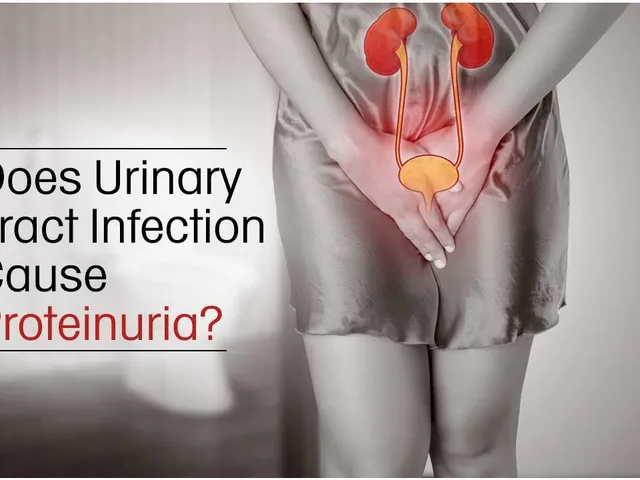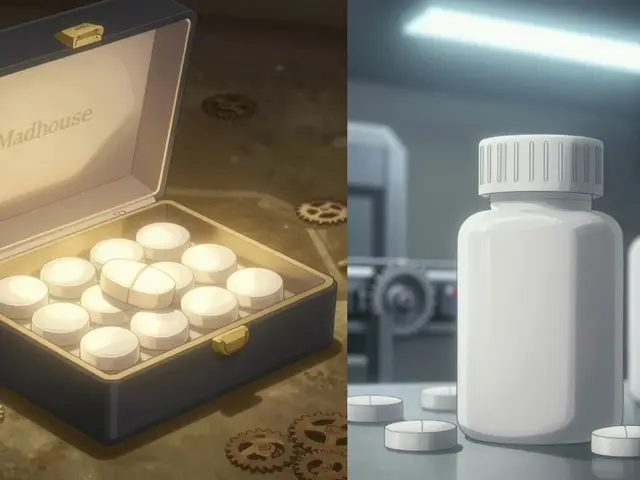Dental Anesthetics: What to Expect, Types, and Safety
Dental anesthetics numb pain during fillings, extractions, root canals and minor oral procedures. If you get nervous, understanding options helps you ask the right questions and feel more in control. This page explains common types, how long numbness lasts, what can go wrong, and simple steps to stay safe.
Types and how they work
Most dental anesthetics are local drugs that block nerve signals. Topical gels (like benzocaine) sit on the gum surface to reduce needle pain. Injectable local anesthetics — lidocaine, articaine, prilocaine, mepivacaine — work deeper to numb a tooth and its surrounding tissues. Some mixes include a small dose of epinephrine to tighten blood vessels and extend numbness. For strong anxiety or longer procedures, dentists may offer nitrous oxide (laughing gas) or conscious sedation. General anesthesia is rare and used in hospitals.
Know the basic difference: esters (eg, benzocaine) are older and can cause allergic reactions in some people; amides (eg, lidocaine, prilocaine) are more common in modern dentistry. Prilox Cream article explains how prilocaine and lidocaine are used in topical numbing creams and what to watch for before a procedure.
Practical tips & safety you can use
Before your appointment, tell your dentist about medicines you take (especially blood thinners, MAO inhibitors, tricyclic antidepressants, and beta blockers), allergies, pregnancy, or a history of adverse reactions. If you take a lot of blood thinners, your dentist might coordinate with your doctor about bleeding risk.
After a local injection you’ll be numb for 1–4 hours depending on the drug and whether epinephrine was used. Don’t eat hot food or chew gum until feeling returns — burns and accidental bites are common reasons kids and adults return to the dentist. If you notice prolonged numbness beyond 6–8 hours, increasing swelling, severe pain, or signs of an allergic reaction (hives, breathing trouble), contact your dentist or emergency care right away.
Topical benzocaine must be used carefully in young children due to rare but serious methemoglobinemia risk. If you have a serious medical condition such as multiple myeloma, coordinate dental care with your medical team — our piece on dental care and multiple myeloma explains specific concerns and timing for treatments.
Many people worry about feeling pain when numbness wears off. You can plan to manage discomfort: take your usual pain reliever like ibuprofen or paracetamol as directed by your dentist, unless your doctor advised otherwise. Ice the outside of your cheek for 10–15 minutes at a time to cut swelling after extractions. Avoid smoking for 24 hours—smoking raises infection and dry socket risk. If bleeding continues beyond a few hours or pain spikes after initial improvement, call your dentist so they can check for complications right away.
Finally, ask your dentist what drug and dose they plan to use, whether epinephrine is included, and how long you should expect numbness. If nervous about needles, request topical gel first or ask about nitrous oxide. Good communication keeps the visit smooth and safe.

Oxymetazoline Hydrochloride: How It Improves Dental Procedures
Oxymetazoline hydrochloride isn't just for stuffy noses—dentists rely on it to control bleeding and make procedures smoother. This article explains why oxymetazoline hydrochloride is popping up in dental clinics, how it helps with anesthesia, and top tips for safe use. Curious about the science behind it or if it could make your next dental visit easier? Here’s everything you need to know.
Detail




